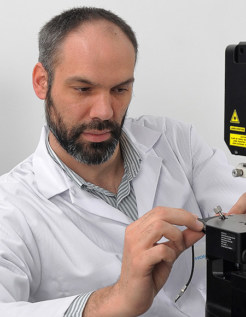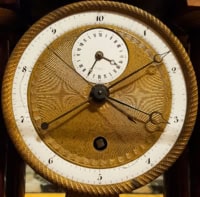Available to watch now, Horiba Scientific explores the fundamentals of TERS through the history of near-field spectroscopic optics
Want to learn more on this subject?
 TERS gives the vibrational information of a sample with nanometric resolution. Obtaining physico-chemical information with such resolution opens up possibilities to characterize materials at unprecedented levels, which allows research findings unsuspected until recently.
TERS gives the vibrational information of a sample with nanometric resolution. Obtaining physico-chemical information with such resolution opens up possibilities to characterize materials at unprecedented levels, which allows research findings unsuspected until recently.
This webinar introduces the fundamentals of TERS through the history of near-field spectroscopic optics. From the great idea of Synge more than 90 years ago to the technical progress of scanning probe microscopy, the history of near-field optics crosses the emerging plasmonics field and the discovery of the amplification of the Raman signal by Richard Van Duyne.
During this webinar, Marc Chaigneau will also briefly introduce this nanospectroscopic technique for 2D materials and other semiconductors, but also present the current applications of this for biological samples such as viruses and DNA.
Want to learn more on this subject?
 Marc Chaigneau received his PhD in solid-state physics from the University of Nantes in 2007. He joined the Laboratory of Physics of Interfaces and Thin Films (PICM) at Ecole Polytechnique in 2008 and was appointed tenured researcher in 2010. His research activities were concentrated on the development and applications of Tip-Enhanced Raman spectroscopy (TERS).
Marc Chaigneau received his PhD in solid-state physics from the University of Nantes in 2007. He joined the Laboratory of Physics of Interfaces and Thin Films (PICM) at Ecole Polytechnique in 2008 and was appointed tenured researcher in 2010. His research activities were concentrated on the development and applications of Tip-Enhanced Raman spectroscopy (TERS).
Marc is the author of three patents, one book chapter and more than 50 articles in peer-reviewed journals.
He joined HORIBA France in 2015 to oversee global R&D, applications and marketing of Raman spectroscopy products coupled with Scanning Probe Microscopy (SPM). He received the IP Award from the HORIBA group for innovative intellectual property in 2016.




